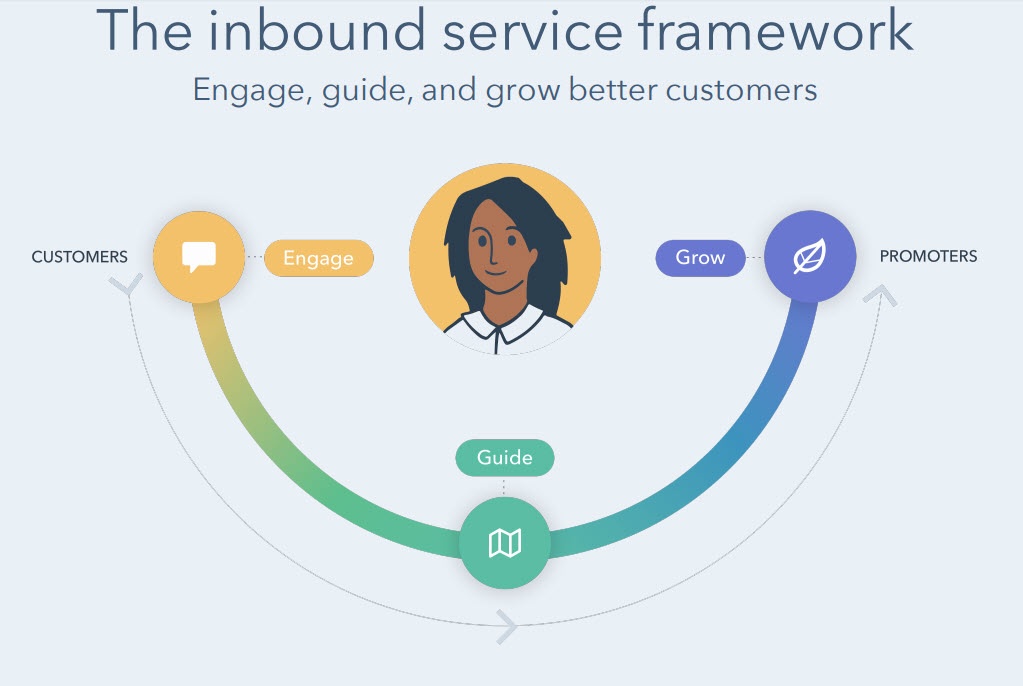Customer satisfaction VS customer loyalty, what's the difference?
In this blog, I will explain the definitions of customer satisfaction and customer loyalty, delve into the difference between the two (because, after all, that's what you came for), and explain some appropriate methods (Customer Effort Score, Customer Satisfaction Score and NPS) to accurately determine satisfaction and loyalty.
The definitions of customer satisfaction and customer loyalty
The definitions of customer satisfaction and customer loyalty
What is customer satisfaction?
Customer satisfaction is the measurement of a customer's attitude toward a product, service, service or brand, expressed in numbers.
What is customer loyalty?
Customer loyalty has two definitions: on the one hand, customer loyalty is the physical behavior a customer exhibits that demonstrates his or her loyalty to a product, service or brand (such as, for example, a repeat purchase and choosing your organization over someone else's).
On the other hand, customer loyalty is the measurement of a customer's opinions and feelings toward a product, service, service or brand.
Customer satisfaction VS customer loyalty, what's the difference?
But what exactly is the difference between customer satisfaction and customer loyalty?
That can be explained very simply: the degree of satisfaction a customer has with a product or service from your organization does not tell you whether he or she will prefer your organization over the competitor's next time. In other words, customer satisfaction does not yet tell you anything about customer loyalty.
In essence, measuring customer satisfaction tells you how a customer has experienced things in the (recent) past (how satisfied is he or she with...), while measuring customer loyalty helps you predict the future (will he or she continue to buy from you / will the customer grow over time?)
Which brings us to the next question: how do you measure customer satisfaction and customer loyalty? And when?
1. Customer satisfaction is expressed in the Customer Effort Score (CES) and/or Customer Satisfaction Score (CSAT).
There are several ways to assign a score to customer satisfaction. Two popular methods of doing this are the Customer Effort Score and the Customer Satisfaction Score. In both cases, good timing is key. I like to explain them.
Customer Satisfaction Score (CSAT): what is it, and when do you measure it?
The Customer Satisfaction Score is very simple: it shows how satisfied someone is with your product, a purchase or an interaction with an employee of your organization. You retrieve it by asking a question (for example, "how satisfied were you today with ...?"), followed by a scale of 1 to 3, 1 to 5 or 1 to 10. You retrieve this Score after an important milestone or contact moment. Think: during or after onboarding of software, after 1 month of using your product, after contact with support, 3 months before the contract expires, et cetera. Essentially, it boils down to this: did your customer's experience regarding a specific contact moment or milestone meet the expectation he or she had?

Customer Effort Score (CES): what is it, and when do you measure it?
You also measure the Customer Effort Score after an important milestone or contact moment. However, this score shows how easily customers were able to use your product or service. In other words, how much effort did they have to put into solving a specific problem? Think about: "How easy was it to solve problem X?" on which a scale can be used to choose between values ranging from Extremely difficult to Extremely easy.
2. Customer loyalty expressed in Net Promoter Score (NPS)
In addition to customer satisfaction, it is at least as important to measure customer loyalty. Loyal customers are those who leave positive reviews for you, tell others how happy they are with you (word of mouth) and continue to buy from you (customer retention).
Net Promoter Score is measured with a question and a ten-point scale. Usually you ask how likely it is that someone would recommend your organization or product to another person. Promoters are those who tick 9 or 10, Passives tick 7 through 8 and Detractors tick 0 through 6. You ask the NPS periodically, such as once every 3, 6 or 12 months.
What tooling makes this possible?
We don't hide the fact that we're fans of HubSpot ourselves. It's an all-in-one platform for CRM, Marketing, Sales and Service. The Service hub, which can be purchased as a separate platform owns tools that help you manage tickets and retrieve feedback via NPS or Customer Effort Score, among other things. Learn more about HubSpot Service hub capabilities here.

Want to get the most out of HubSpot? Subscribe to our newsletter, follow us on LinkedIn, or attend our HubSpot User Days!
Explore HubSpot User DaysShare this
You May Also Like
These Related Stories

What NPS and Customer Effort Score do for customer retention in B2B

8 Customer Success KPIs that are essential for your organization


